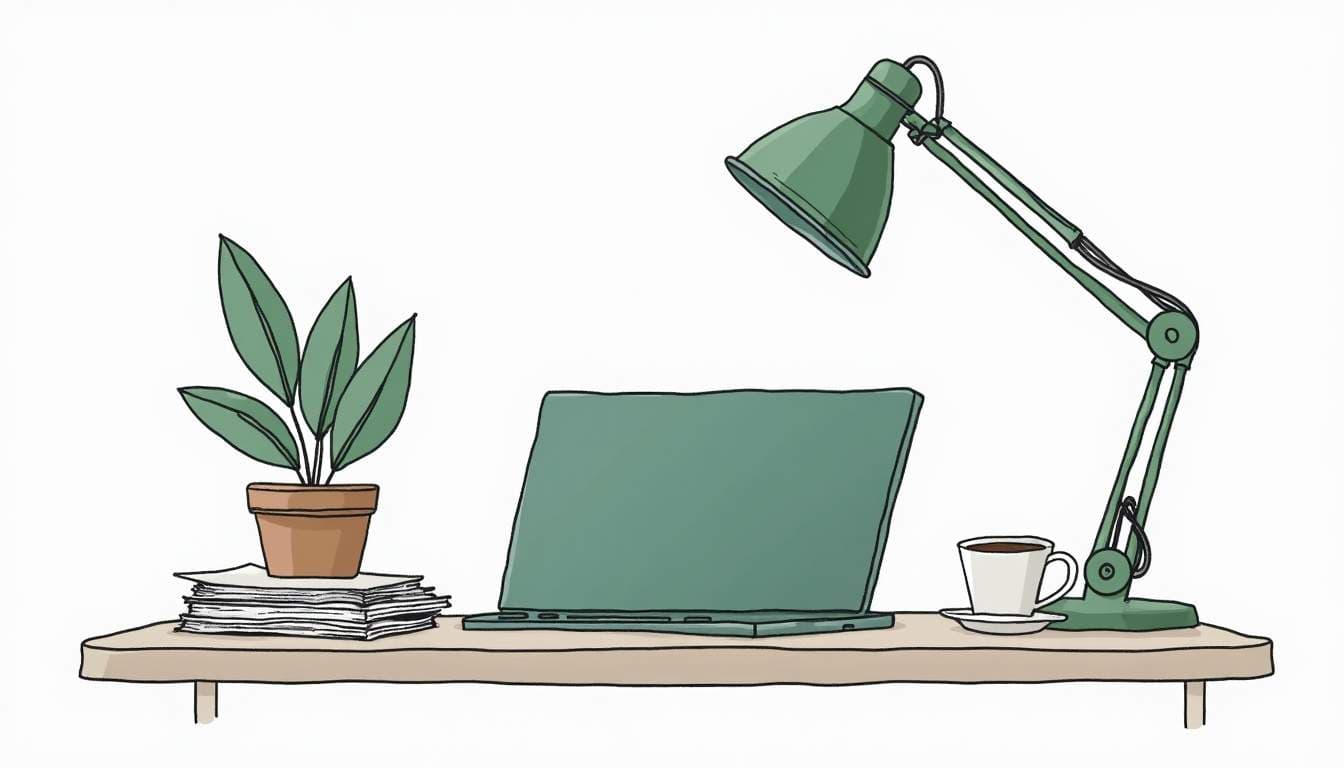Deciding to leave a job is a significant step in anyone’s career journey. Whether driven by the search for new opportunities, career growth, or personal reasons, the way you communicate your departure can leave a lasting impression. A well-crafted resignation letter not only ensures a smooth transition but also maintains professional relationships and opens doors for future opportunities.
In this article, you will find practical guidance on writing a professional resignation letter, understand the importance of timing and tone, and explore examples that can be tailored to your situation. With the ongoing shifts in the workforce, including trends like the “Great Resignation,” knowing how to exit gracefully has never been more important.
Understanding the Context: Why Resignation Letters Matter
In recent years, the labor market has experienced unprecedented changes. The “Great Resignation” saw millions of workers voluntarily leaving their jobs in search of better opportunities or improved work-life balance. For example, in August 2021 alone, 4.3 million Americans quit their jobs—the highest number on record at that time. This mass exodus was fueled by a confluence of factors, including the pandemic's impact on work-life dynamics, a reevaluation of personal values, and a desire for more meaningful employment. Workers began to prioritize their mental health and job satisfaction, leading to a significant shift in how employment is viewed.
However, research shows that 80% of workers who quit during this period later regretted their decision, often missing the camaraderie of their former coworkers. This highlights the importance of leaving on good terms, as bridges burned can be difficult to rebuild. A thoughtful resignation letter is your first step toward preserving professional goodwill. It serves not only as a formal notification of your departure but also as a reflection of your professionalism and respect for the organization. Crafting a well-considered letter can leave a lasting impression, potentially opening doors for future opportunities or collaborations.
The Role of Career Growth in Resignations
Interestingly, studies by Harvard researchers reveal that the primary reason employees quit is not pay or benefits, but rather a lack of career growth opportunities. This insight underscores the need to communicate your reasons professionally and positively in your resignation letter, focusing on your career aspirations rather than dissatisfaction. By framing your departure in terms of seeking new challenges or pursuing further education, you can maintain a positive relationship with your employer. This approach not only reflects well on you but also encourages employers to consider how they can better support their employees in their career paths.
Moreover, the way you articulate your reasons for leaving can influence your professional network. Many industries are interconnected, and the business world is smaller than it seems. Your resignation letter can serve as a bridge to future opportunities, as former employers may become valuable references or even potential collaborators down the line. By expressing gratitude for the experiences gained and the relationships built during your tenure, you reinforce the idea that your departure is a step forward rather than a rejection of the past. This perspective can foster a sense of mutual respect and understanding, which is essential in today’s dynamic job market.
Key Elements of a Professional Resignation Letter
A resignation letter should be clear, concise, and courteous. It serves as a formal notification to your employer and provides a written record of your intent to leave. Here are the essential components to include:
1. Clear Statement of Resignation
Begin your letter by clearly stating your intention to resign and include your last working day. This helps your employer plan for your departure and initiate the transition process. It is advisable to provide at least two weeks' notice, although this may vary depending on your role and company policy. Being upfront about your timeline allows for a smoother handover and shows your commitment to the organization until your final day.
2. Expression of Gratitude
Regardless of your reasons for leaving, expressing appreciation for the opportunities and experiences you gained demonstrates professionalism and respect. Reflect on specific instances or projects that have positively impacted your career growth. This not only leaves a lasting impression but also strengthens your professional network, as you never know when your paths may cross again in the future.




